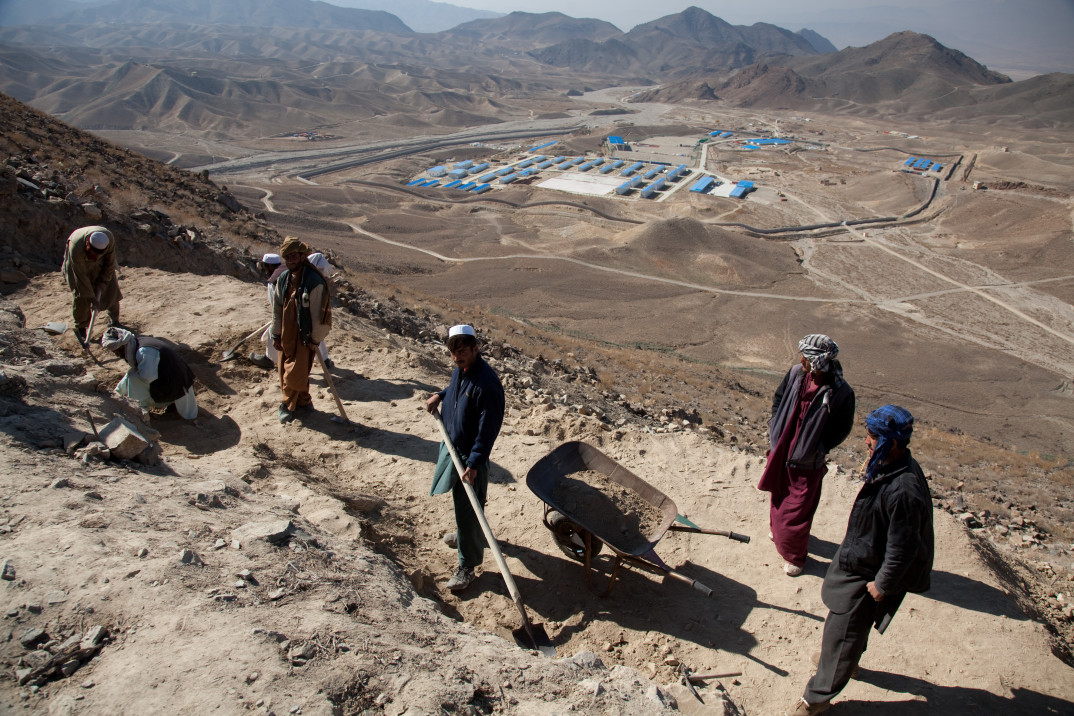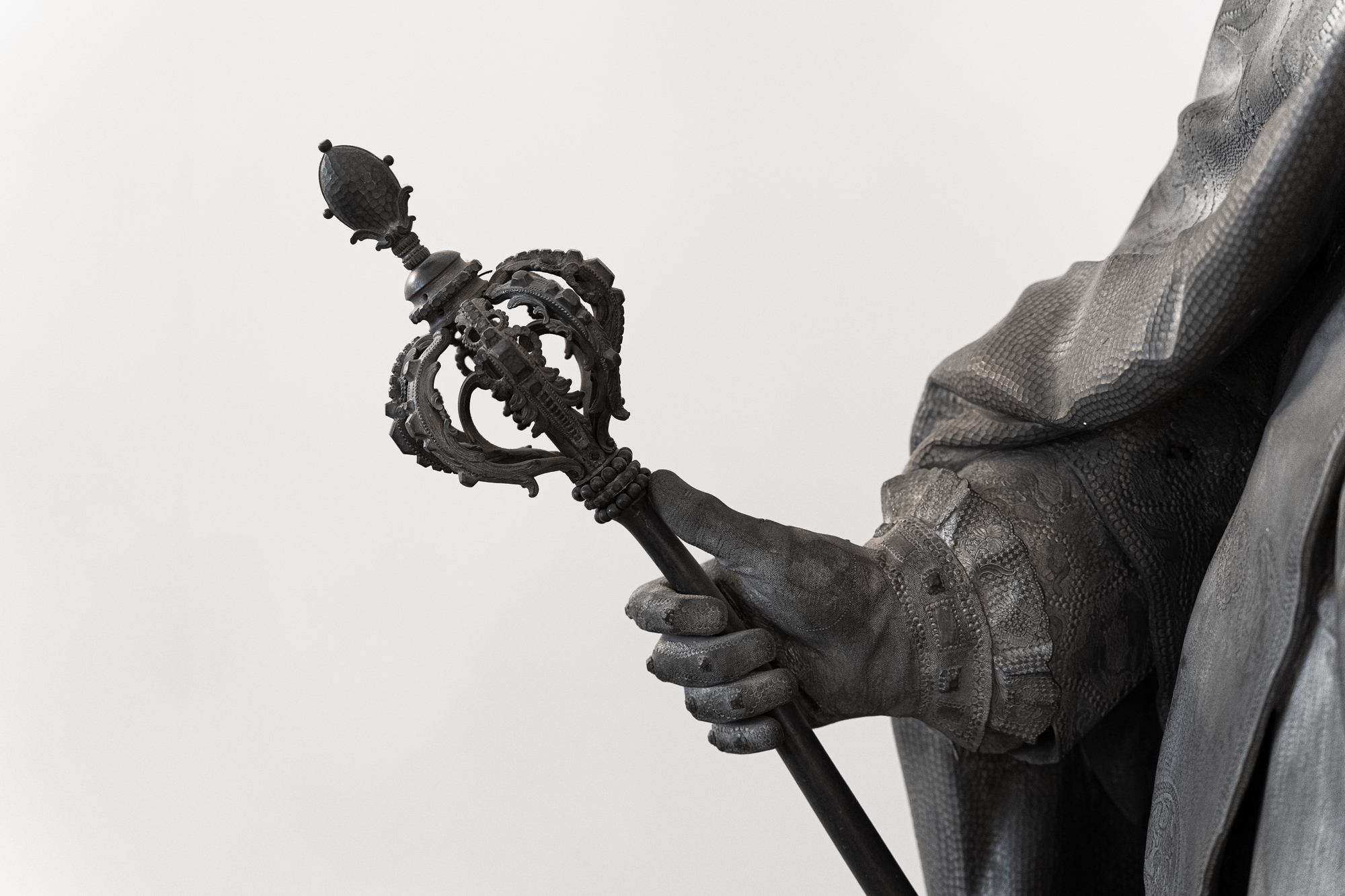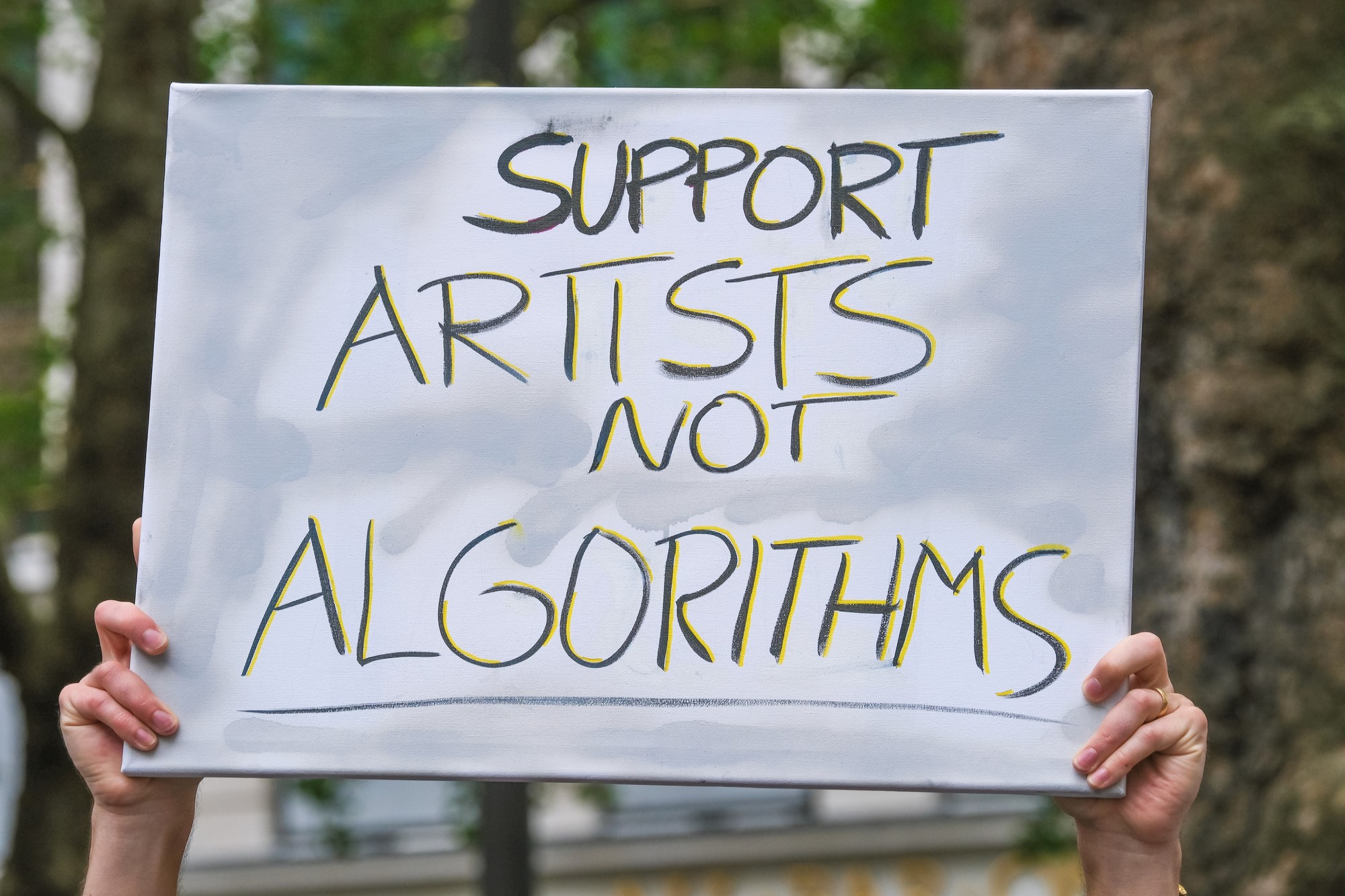Mes Aynak’s Intrinsic Cultural Value

One of the many reasons that weighing ethical dilemmas is such a challenge is because we’re often faced with a conflict between measurable and immeasurable value. We see this often in relation to environmental issues. Because we can’t place an exact value on the intrinsic worth of nature, we struggle to cognitively compare environmental health with economic benefits. Thus, many companies pursue profit over environmental wellness, without fully understanding the detrimental consequences. The inability to directly quantify something doesn’t entail that it is value-less or that its interest should be disregarded, but it can be awfully difficult to convince some groups of this.
Archaeologists at the site of Mes Aynak in Afghanistan are experiencing this very predicament. In this instance, however, it isn’t nature’s value that can’t be calculated. Mes Aynak, an ancient Buddhist ruins site, is home to a wealth of cultural artifacts. More specifically, “Buddhist statues and sculptures, intricate monastic complexes, stupas and frescoes, pottery, coins, gold jewelry and an ancient copper mine are buried beneath this mountainous 4.8-million-square foot site” (Al Jazeera). It’s safe to say that these artifacts are indeed worth a whole lot – both monetarily, but more importantly culturally. However, the last thing mentioned on the list – the ancient copper mine – is causing some complications for those who are trying to excavate the site and preserve the vast amount of human history that has the potential to be uncovered.
Mes Aynak literally means “little source of copper,” and it’s estimated that $100 billion worth of the resource could be mined from the location. Because of the economic benefits involved, the Afghan Mining Ministry accepted a bid for $3 billion to let a Chinese company mine the copper deposit. The open-pit mining process was scheduled to begin in 2012 but has been postponed several years. Archaeologists have begun digging, but only about 10% of Mes Aynak has been excavated and it will take much more time and effort to complete the project.
The new film Saving Mes Aynak presents an Afghan archaeologist’s efforts to save the ancient site from demolition. It “examines the conflict between cultural preservation and economic opportunity through the lens of the Afghan archaeologists and local villagers who work and live near Mes Aynak.” To these archaeologists and many local citizens, the site’s destruction would be a devastating loss. Along with the documentary, the filmmakers and Kartemquin Films have launched an IndieGoGo campaign with the mission of raising $50,000 to continue to spread the word about Mes Aynak through advocacy, film screenings around the world, and a petition that they hope to present to the Afghan president.
The situation at Mes Aynak presents another troubling example of the tension between economic value and a value that can’t be reduced to numerical terms. While mining the site could be economically advantageous for Afghanistan and many of its citizens, destroying it would be detrimental for Afghan and Buddhist cultures. Preserving something intangible like a culture or history has immense value for the people of those cultures and all global citizens. New knowledge of ancient histories (whether of our own, another nation’s, or of humanity as a whole), contributes to a better understanding of societies today.
Visit the film’s website and like it on Facebook to learn more about how you can spread the word and help #savemesaynak.
Click here to request a screening or to see if there’s an upcoming showing near you.




